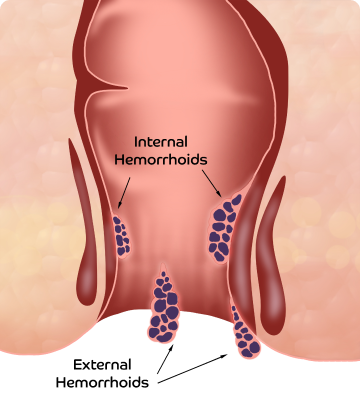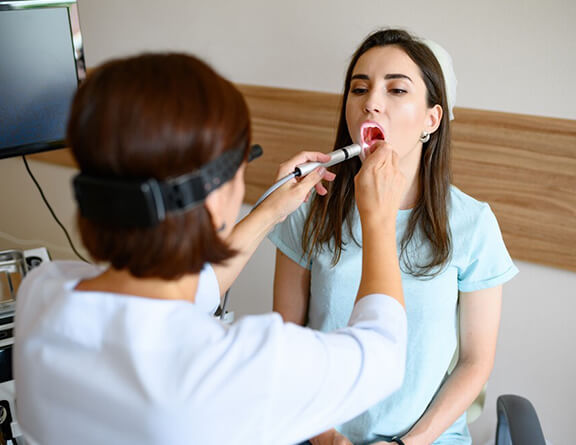Diagnosis
If you have difficulty swallowing food, the doctor may suspect achalasia depending on the symptoms and might order tests to confirm the diagnosis.
Barium swallow: It involves the drinking barium which is a thick milky liquid and then X-ray is conducted. In the presence of Achalasia, your lower esophageal sphincter is seen narrowed, with a dilated esophagus above the narrowed area.
Chest x-ray: The doctor may not rely on chest X-ray but it reveals dilation in the esophagus.
Endoscopy: A thin flexible tube is passed down the throat into the esophagus and stomach which has a camera attached to it. It also shows the presence of esophageal cancer(if any).
Esophageal manometry: The function of LES and muscles of the esophagus is diagnosed during the test. This shows abnormalities in the movement of the food in the stomach
Treatment
The treatment of achalasia can be done by oral medications, dilation where esophageal sphincter is stretched, surgery to cut the sphincter (esophagomyotomy) and injecting botulinum toxin into the sphincter. All these treatments reduce the pressure in the LES so that the food can easily pass through the esophagus into the stomach.
Drugs or oral medication: Medication is the least invasive procedure to treat achalasia. However, many people find this treatment as long-term and ineffective. Still, the doctor prescribes after diagnosing the symptom that helps to relax the LES. If the medications are not giving positive results, go for other treatment options.
Dilation: Dilation is the procedure where the lower esophageal sphincter is stretched with the help of a surgical balloon. A gastroscope is used to ensure the positioning of the balloon. If the dilation is not successful, the patient may still be treated with surgery.
Surgery: Esophagomyotomy is the procedure where sphincter is cut surgically. It can be done either by open incision or laparoscopically through small incisions in the abdomen. Laparoscopic technique for achalasia is a more successful option than dilation as the pressure in the lower sphincter is reduced to a large extent. The surgery is performed under general anesthesia. A laparoscope is a thin tube-like instrument with a camera attached on top of it. This gives a view of the internal organs to the surgeon on the monitor. During the surgery, the LES and the muscle layer in the upper part of the stomach are divided precisely under the magnified view. As the division of LES makes the patient prone to gastroesophageal reflux, the upper part of the stomach called fundus is rotated around and fixed in such a way that it creates a fundoplication or a valve. This prevents the acid from the stomach from coming back into the esophagus.
Botox: Another treatment for achalasia is the endoscopic injection of botox into the LES to weaken it. It does not require hospitalization; it is quick and nonsurgical. Treatment with botulinum toxin is safe, but the effects on the sphincter often last only for months, and additional injections with botulinum toxin may be necessary. Injection is a good option for patients who are very elderly or are at high risk for surgery








Pristyncare%20Clinic.webp)

Pristyncare%20Clinic.webp)
Pristyncare%20Clinic.webp)
Pristyncare%20Clinic.webp)
.svg)









